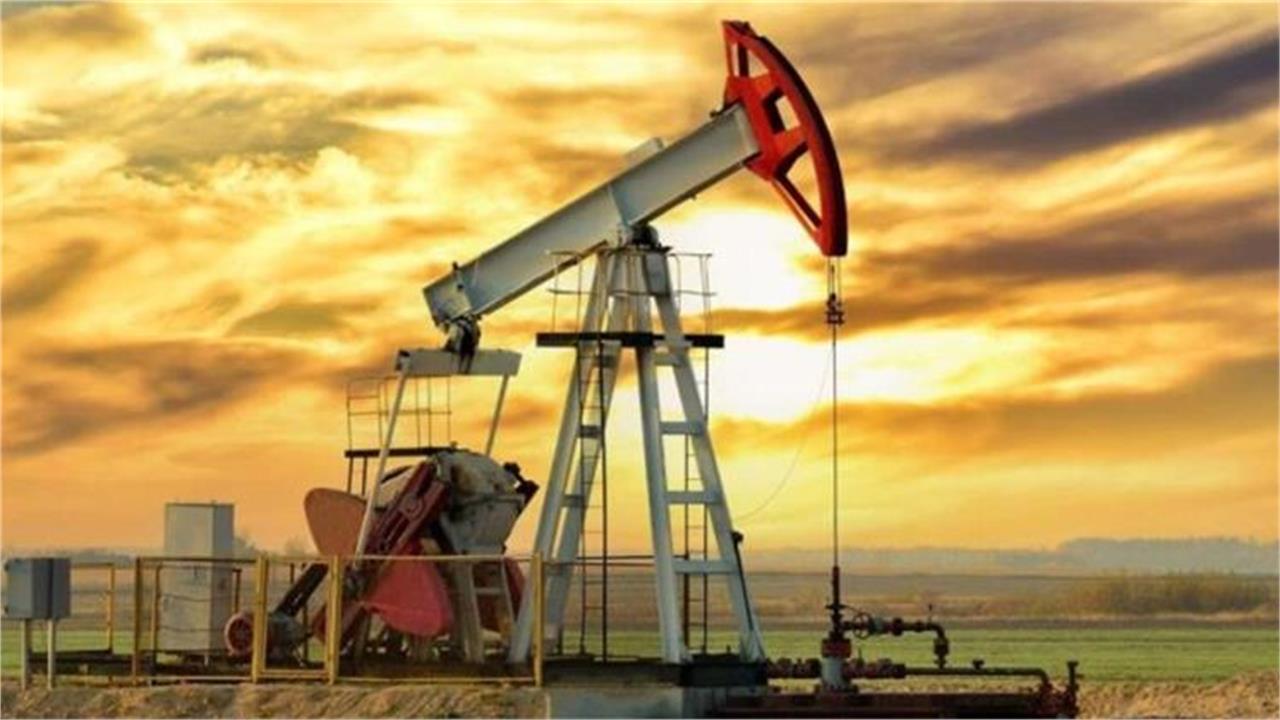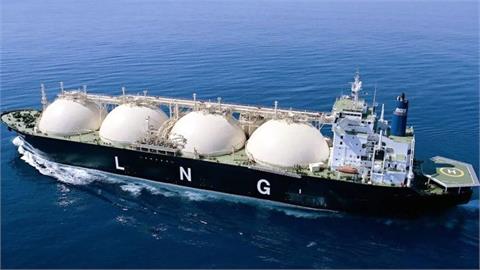With President Trump pausing his punitive tariffs for 90 days, it will take time before the negotiations that will follow realign global trading to the new developing international order. Already analysts project the impact of this to extend well into 2026. During this period global economic growth will be slow and, as a result, oil prices are expected to stay low. Brent now hovers around $64/b.
Indeed, the US Energy Information Administration (EIA) expects these developments to impact global trade policy and oil production, contributing to lower global demand growth for oil and petroleum products through 2026, which will lead to significantly lower oil prices than previously forecast, with Brent averaging $68/b in 2025 and $61/b in 2026.
Energy data company Wood Mackenzie agrees. It estimates that if Trump’s initial tariffs remain longer, a lower global GDP growth could reduce oil demand for 2026 by about 1 million b/d, with prices in 2026 dropping by $7/b. That would mean Brent averaging $64/bbl.
Such low prices would impact investment and new upstream projects in 2026, and oil production by 2030, especially in North America. Many US shale oil producers will struggle to turn a profit, especially in some of the country’s ageing basins, forcing them to stop drilling, potentially bringing back mass bankruptcies.
The oil price plunge puts US shale production in peril. The trade war and Opec+ output surge have created the toughest challenge since the Covid-19 pandemic, and in some basins the oil price is now below breakeven.
Trump’s tariffs are hurting Texas oil companies that have supported him strongly. There are probably few industries feeling more aggrieved right now with the tariffs war than US shale oil and their pressure on President Trump to remedy the situation sooner-than-later will only increase over time. As will pressure from Wall Street.
What is Opec+ doing?
Eight Opec+ countries (Opec + Russia) unexpectedly agreed on April 3 to advance their plan to phase-out oil output cuts by increasing output by 411,000 b/d in May, instead of the expected hike of 135,000 b/d. The decision prompted oil prices to extend earlier sharp losses that followed Trump’s initial tariffs announcement.
Opec+ cited “continuing healthy market fundamentals and the positive market outlook” as one of the reasons! Another reason could be that Opec+ increased production to compensate for expected drops in production by Venezuela and Iran due to renewed sanctions pressure from the US.
A third reason, and very likely, is that the Opec+ countries have accepted that prices are bound to remain low into next year – much as EIA forecasts – and decided to take control of the situation, and strengthen Opec+ position in the global oil markets.
It so happens that increased oil production also plays into President Trump’s strongly expressed ‘desire’ to see more energy produced and therefore lower prices.
Opec+ also said that “the gradual increases in oil production may be paused or reversed subject to evolving market conditions.”
Opec+ decisions support and contribute to the expectations that oil prices are likely to remain depressed well into next year.
Global oil supply
With global energy needs increasing faster than usual, global oil demand has been increasing steadily, despite projections by the International Energy Agency (IEA) that it will peak within this decade.
Eventually, though, the rapid increase in electric vehicles (EVs) will reduce demand for petrol and diesel and, with it, oil demand. But this is not expected to happen until well into the next decade, and even then, it will probably plateau rather than decline rapidly. This means that it is important to maintain investments in the oil sector and in oil production for at least the next 10-15 years.
Opec, in fact, forecasts that oil demand will continue to increase and will reach over 120 million b/d by 2050 driven by the developing world’s growing needs. ExxonMobil expects oil demand to stay at least similar to today’s level through 2050.
With most forecasts expecting oil demand to remain high, McKinsey recommends that “this demand picture means fossil fuel investments must continue and remain a critical part of the energy landscape to support an orderly energy transition that is affordable, reliable, and competitive.”
That is why a slowdown in upstream oil investment this year and next, as the EIA forecasts, impacting exploration and production, could impact future oil supply by 2030, given that it takes over five years for new oil-fields to be developed.
As a result, a prolonged period of tariff uncertainty could impact oil supply by the end of the decade, leading to a supply gap, driving prices upwards.
Impact on Cyprus
Just before the announcement of the new tariffs, Brent stood at $75.5/b. The increase in tariffs and Opec+’s unexpected production hike sent Brent to less than $60/b at one stage. Following the 90-day tariff pause, it bounced and has now settled at $64/b – a 15% drop.
The Electricity Authority of Cyprus (EAC) should benefit from this as it relies completely on fossil fuels, diesel and heavy fuel oil (HFO), for the production of electricity, the cost of which comprises close to 60 per cent of its total revenue.
For Cyprus the drop in the global crude oil price should translate into a reduction of about 10 per cent in the price of electricity, diesel and petrol, especially if oil prices remain low well into next year, as forecast by the EIA.
Lower energy prices offer a respite for the government to get its energy policies in order. It must expedite resolution of Cyprus’ burning energy problems.
From completion of the LNG import terminal at Vasilikos, to measures to bring the very high electricity prices down significantly, to the installation of electricity storage batteries to help reduce curtailment of renewable power, especially from rooftop solar installations, to upgrading the electricity grid to enable construction of new solar PV farms.
A good start has been made with the approval by parliament of the law on ‘electricity market regulation’, but it requires urgent implementation. There is no excuse for delay.
Cyprus must not squander this opportunity. It has until the end 2026 to achieve all the above and realise serious benefits in terms of substantially lower energy prices and lower emissions, and end up with a modernised energy system in the process. But it needs to plan and it must act now.
( by Dr Charles Ellinas - source: cyprus-mail.com)




